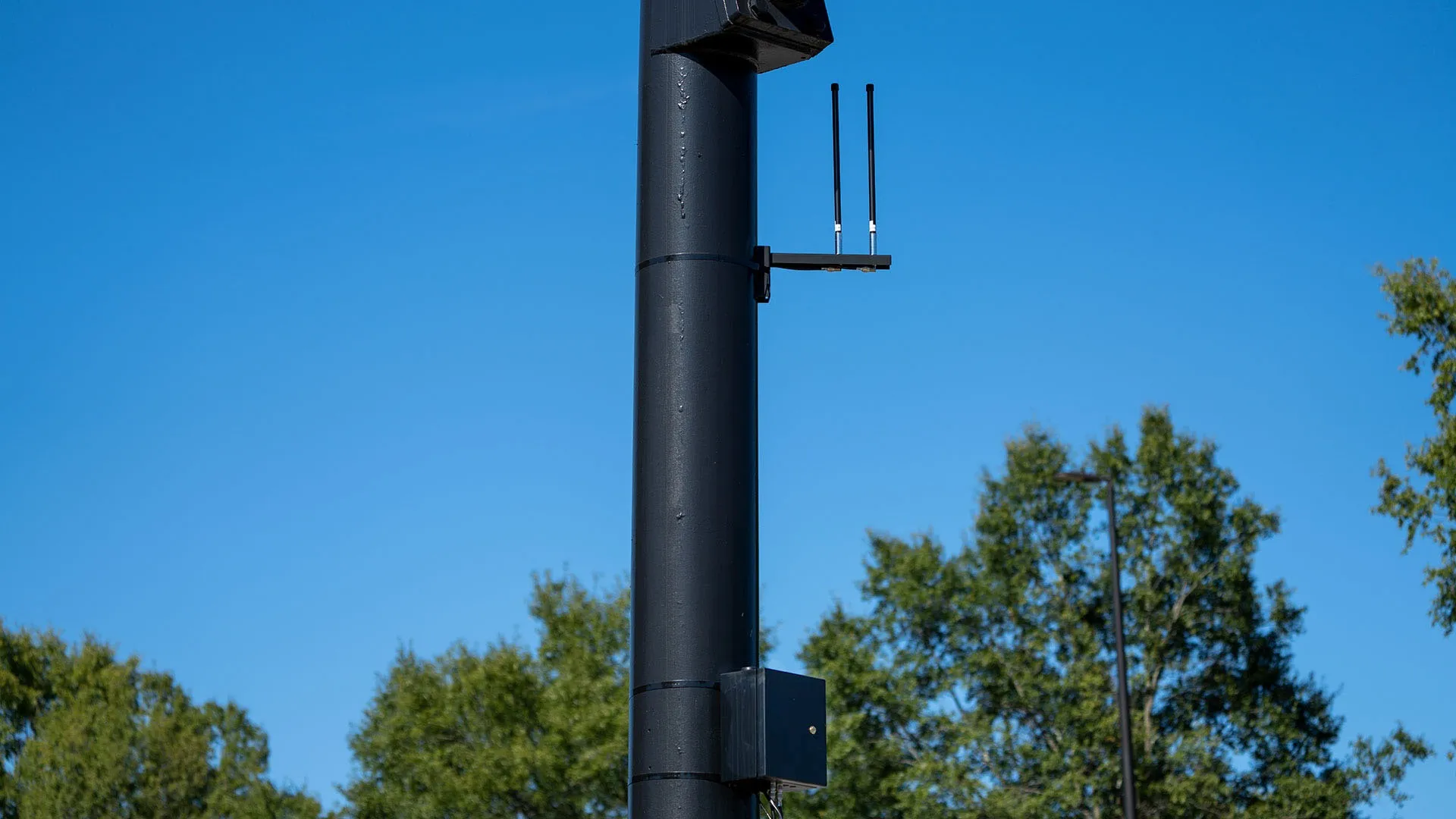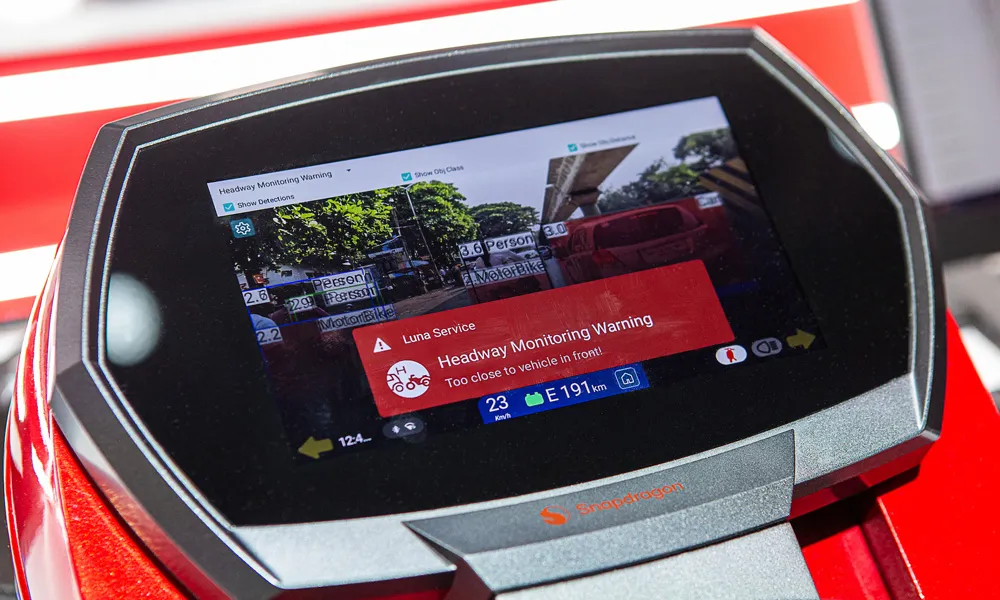
Applied Information says that its Glance Preemption system automatically enables optical and cellular Vehicle to Everything (C-V2X) technologies to work together to request a green light.
First responders and transit system operators that use optical preemption, an infrared technology developed in the 1970s, can now easily transition their fleets to Applied’s C-V2X technology to request green lights at intersections, reducing response times and improving safety.
The Glance Preemption system also provides emergency first responders with vehicle tracking and reporting. It can notify the public of a nearby active emergency vehicle on Waze, Haas Alert Safety Cloud and the TravelSafely smartphone app.
“The Glance Preemption system has proven time and time again to provide better response times and now there is a seamless pathway for first responders to easily take advantage of the newer technology,” said Bryan Mulligan, president of Applied Information. “By navigating intersections faster and more safely than before, first responders can focus on what’s important, reaching people in an emergency.”
The company said that where Glance Preemption has replaced optical-only systems, first responders report saving around 10 seconds per signalised intersection on their emergency calls. One study using Glance Priority technology found that it was able to reduce travel times by 47%.
Glance Preemption can control multiple traffic signals in the direction of travel, keeping traffic moving and out of the way of emergency vehicles. It uses a combination of GPS, edge computing and redundant cellular and direct radio communications to work with the traffic signal. Adding the Glance Optical Data Aggregator activates the optical option and provides connectivity and reporting previously not available.










